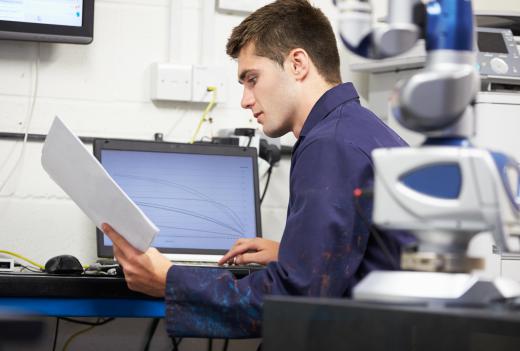A multimachine is an open source and multi-purpose machine tool that anyone with experience in mechanics can reproduce. Designed primarily for use in developing countries, multimachines essentially allow anyone with minimal experience in mechanics to build a fully functional, multi-purpose tool by using easy-to-obtain items, such as used junk and common hand tools. There are thousands of multimachines that perform many different functions, including lathing, sawing, sanding, grinding, and drill pressing.
The primary goal of a multimachine is to allow impoverished people from second- and third-world countries a chance to better their environment. These machines can be used to construct irrigation pumps and farm equipment, repair vehicles, make drilling rigs, provide battery power, and other tasks. Depending on the configuration of the machine, it can be used for many purposes.

Multimachines can be built from old and used parts, including bolts, castings, screws, and metal sheets and tubes. This means that anybody with access to such parts and a pre-designed schematic could potentially build one. For instance, with some pipe, steel bars, cement, and damaged vehicle engines, someone could build a multimachine that sharpens agricultural tools.
There are multiple types of multimachines. Some perform three or four specialized functions, but most perform many more. The goal is to provide the most function for the least capital in terms of parts, labor, and cash. Even a simple multimachine can be built to perform three primary functions, and is used as a milling machine,drill press, and lathe.
An individual interested in building a multimachine would typically first acquire schematics prepared by someone else. There is also the option of building one’s own machine. This requires determining what the multimachine should be able to do, how much it should weigh, and how large it should be. It must also be decided what sort of parts to use and how those parts should work together. Using a schematic is often much easier than building a machine without a diagram.
The concept of a multimachine was first suggested as a means to combine several functions into one machine. Over time, the concept transformed into a open-source online venture, and thousands of people from all across the globe are involved. Machinists, engineers, and other individuals with advanced knowledge in mechanics continue to work on it in the hope of bettering the lives of impoverished people.
